I use playfulness and discomfort to provoke questions about the systems we’ve built and the identities we erase to belong within them.
Born: Seoul, Korea
Now: New York, USA
@mynameisnot_yee | www.yeejaekim.com
INTERVIEW
Can you describe the emotional process of revisiting the beauty standards you internalized during your childhood?
Growing up in South Korea, I absorbed beauty standards that felt inescapable—flawless skin, delicate features, and an expectation to present oneself perfectly. Revisiting these standards through my art is both confronting and liberating. It’s like untangling knots in my memories; there’s pain in recognizing how deeply these ideals shaped me, but also relief in reclaiming them. By visualizing these experiences, I’m able to transform personal insecurities into something more universal, opening a dialogue about the systems that perpetuate these ideals.
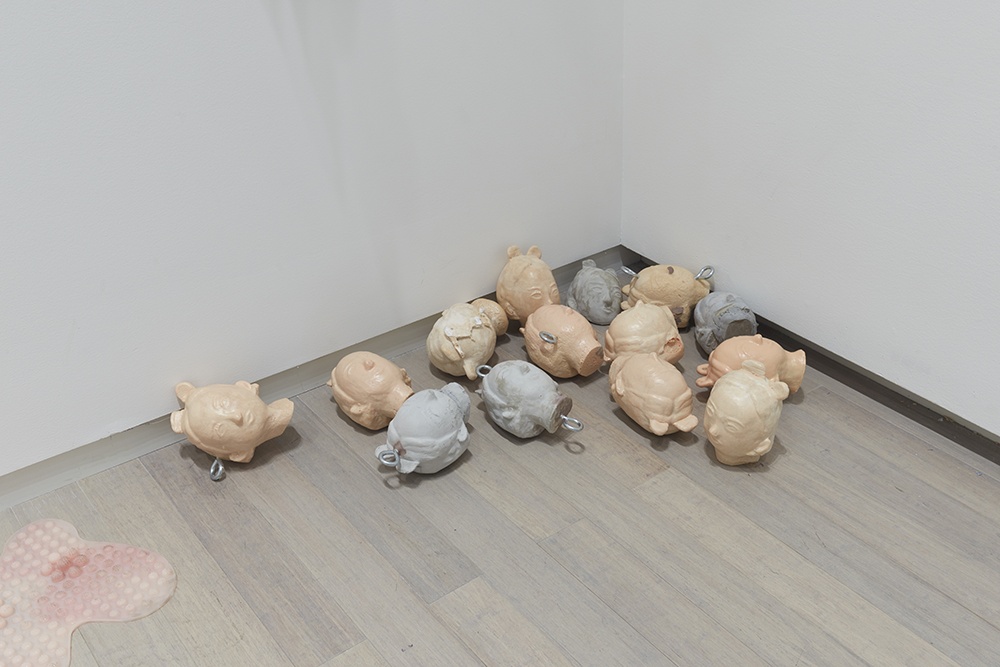
YeeJae, your work often juxtaposes playfulness and discomfort. How do you balance these contrasting emotions in your art?
For me, playfulness is a way to disarm the viewer—it creates an approachable entry point into my work. But just beneath that layer, there’s often an undercurrent of unease. I intentionally balance these emotions by using whimsical forms or kinetic movements to catch the viewer’s attention, only to reveal deeper, more unsettling themes upon closer inspection. It mirrors the way societal norms can feel both enticing and oppressive, and I want the audience to sit with that tension.
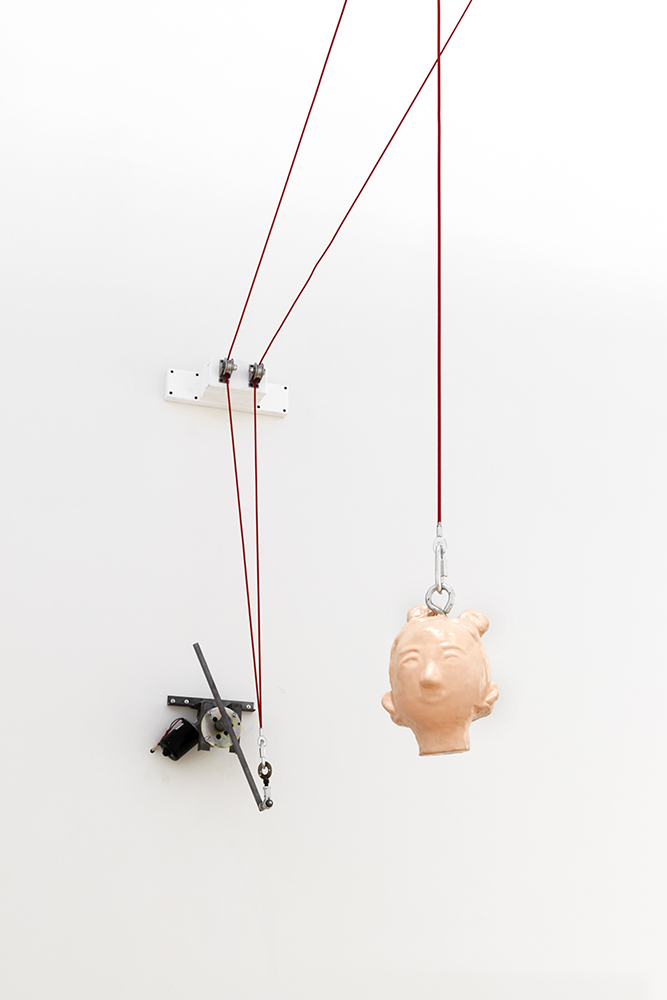
How do you think the repetitive, imperfect faces in your work comment on societal hierarchies and self-destruction?
The repetitive faces in my work are a direct reflection of the cycles imposed by societal hierarchies—how we’re all molded by the same expectations, yet none of us truly fit. The imperfections in each face symbolize the inevitable failure of achieving perfection, and the repetition speaks to the exhausting nature of that pursuit. Together, they highlight how these systems not only suppress individuality but also fuel self-destructive tendencies in the name of conformity.
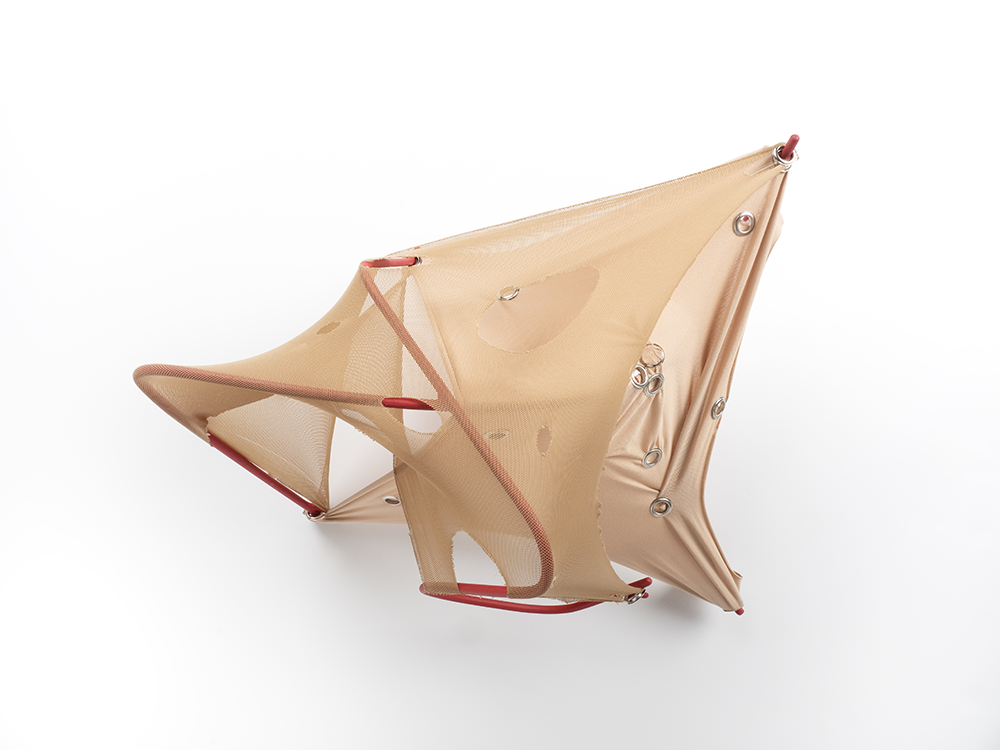
Your recent project happy factory critiques the pursuit of perfection through kinetic installations. How do you hope viewers interpret the oscillating and inflating faces?
In “happy factory,” the mechanical movement of the faces—constantly inflating and deflating—represents the emotional labor of trying to meet impossible standards. I hope viewers see themselves in these motions: the constant effort to puff ourselves up to appear flawless, followed by the inevitable collapse. The installation invites reflection on the absurdity and exhaustion of this cycle, highlighting how deeply ingrained these pressures are in both individuals and society.
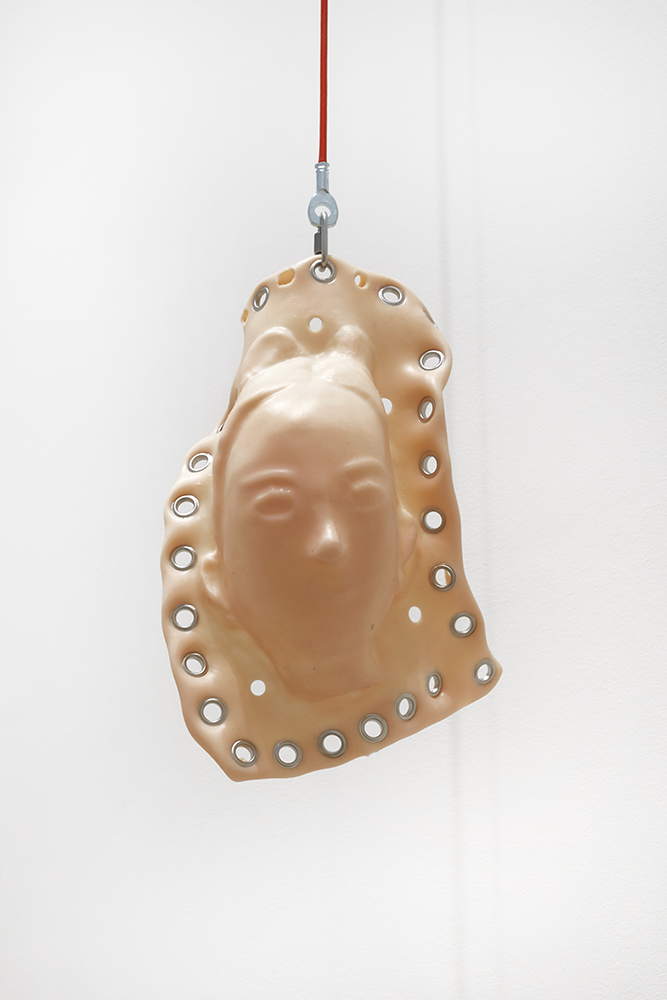
What do you hope viewers take away from your work, particularly in regard to their own relationships with beauty and identity?
I want viewers to feel a mix of recognition and release. Recognition, in that they see the societal pressures they’ve internalized, and release, in realizing they’re not alone in struggling with these expectations. My hope is that my work sparks a deeper understanding of how these systems operate and encourages people to challenge them—not just outwardly but within their own lives. Ultimately, I want my art to open a space for self-compassion and acceptance.
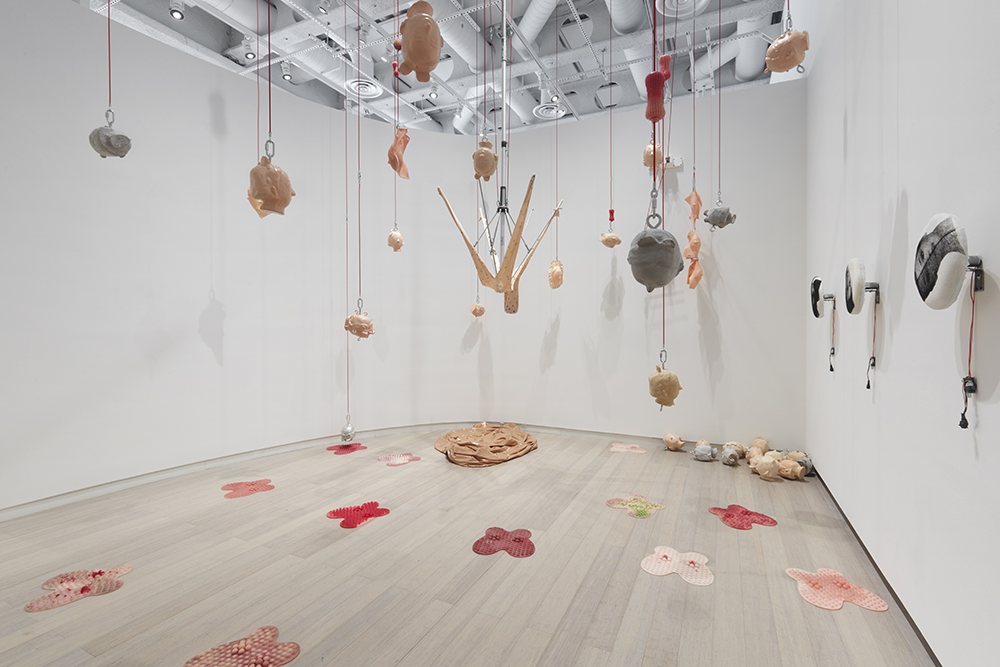
Your upcoming exhibitions include Circle 2025 in South Korea and Contemporary Venice in Italy. What themes or ideas are you planning to explore in these shows?
In both Circle 2025 and Contemporary Venice, I’ve been given the opportunity to showcase some of my earlier works, The Woman (Lee) and Banner.
For Circle 2025, which centers around the theme of “circle” or circulation, I will present The Woman (Lee), a rotating round panel inspired by exfoliation machines commonly found in Korean bathhouses. This piece symbolizes the relentless cycle of self-care and self-punishment, reflecting on how these rituals oscillate between nurturing and harmful.
In Contemporary Venice, the focus is on the relationship between body and space. I will showcase Banner, an abstract interpretation of advertisements for spas, gyms, and beauty parlors that often feature idealized images of women’s bodies. Through this work, I aim to critique how these visuals commodify and manipulate perceptions of the body, turning it into a spectacle within public and consumer spaces.
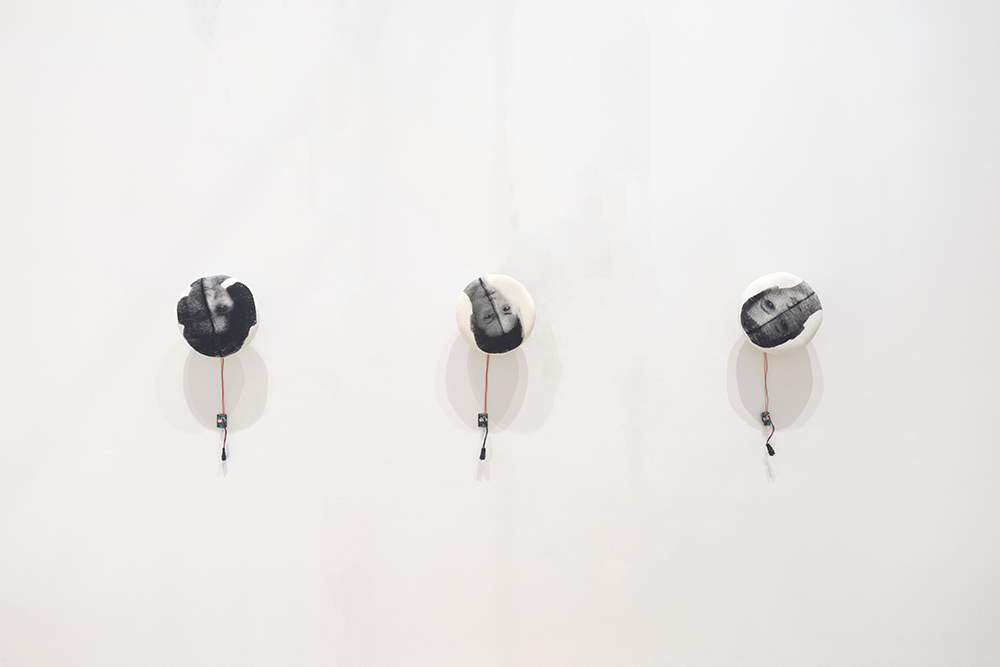
What advice would you give to novice artists – how to find your voice and are not afraid of experiments?
Finding your voice starts with being honest about what moves you—whether that’s personal experiences, societal issues, or pure curiosity. Don’t shy away from ideas that feel uncomfortable; those are often the ones worth exploring. Experimentation is essential, so give yourself permission to fail and see it as a stepping stone rather than a setback. Try new mediums, collaborate, or push yourself into unfamiliar territory. The key is to stay curious and trust that your voice will emerge naturally as you keep creating.
Experimentation is essential, so give yourself permission to fail and see it as a stepping stone rather than a setback. Try new mediums, collaborate, or push yourself into unfamiliar territory.
The key is to stay curious and trust that your voice will emerge naturally as you keep creating.